5 digital delay pedals guitar players need to try
The most exciting guitar effect, bar none
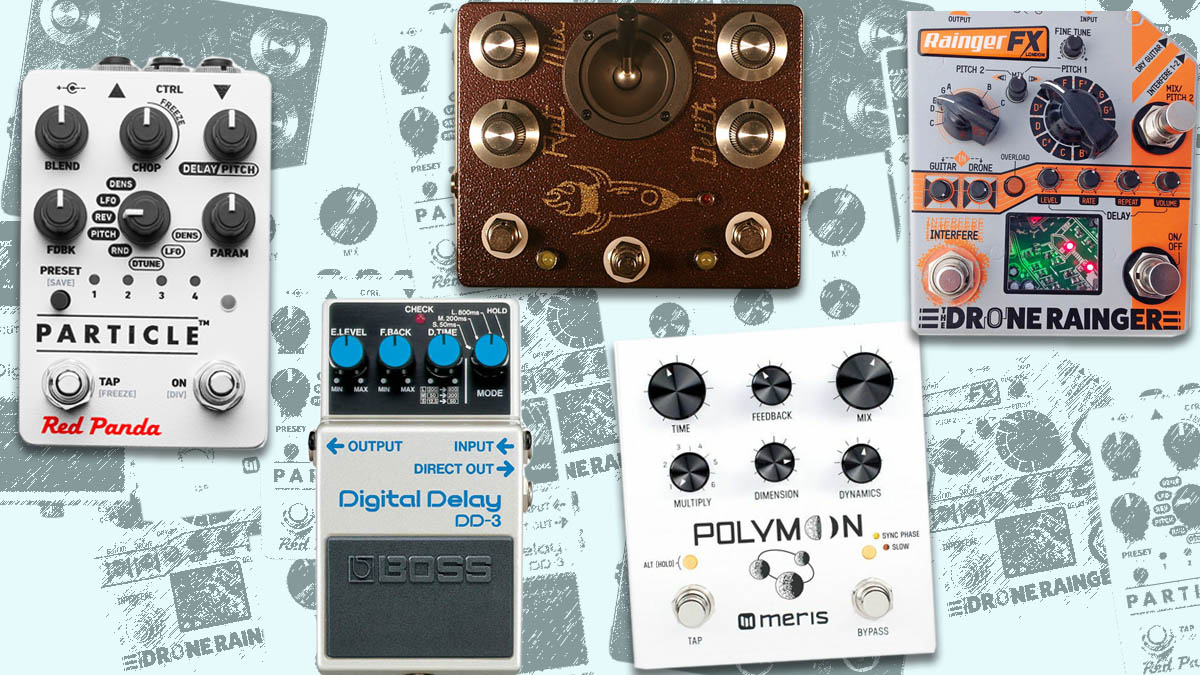
The very nature of digital delays means that there are endless possibilities for the effect. Tape echoes work with a physical loop of tape, and thus are limited to a certain range of timbres – usually determined by tape age.
Analogue delays get their sound from the treble roll-off that happens on the capacitor array in the BBD chip. Digital delays, by contrast, record and loop a chunk, or 'buffer' of audio. Once this is recorded, it can be manipulated however you can imagine.
Programming these chips is difficult and costly though, as is working with the processing power available. However, the boutique pedal boom of the 2000s saw experienced DSP programmers starting their own companies. This blew wide open the true possibilities for digital delay.
We'll cover larger delays in a separate guide – that is, anything with a screen – so these are our picks of the smaller stompbox options.
The Echoplex – which arrived in 1959 – and the Roland Space Echoes, manufactured from 1973, introduced guitarists to the possibilities of echo as a sound-design tool. During the tape age, there were a variety of other manufacturers or options, but these were the most numerous and storied.
What's interesting is how early digital delay appeared on the scene. Eventide brought out the DDL 1745 rack unit in 1971, part of the first wave of digital delay units that used DSP instead of tape or BBD chips. At this point, though, they were prohibitively expensive, and mainly for studio use.
Processing power and memory came down in price by the 80s, and a range of rack units like the Roland SDE-3000 and TC 2290 became more commonplace.
Want all the hottest music and gear news, reviews, deals, features and more, direct to your inbox? Sign up here.
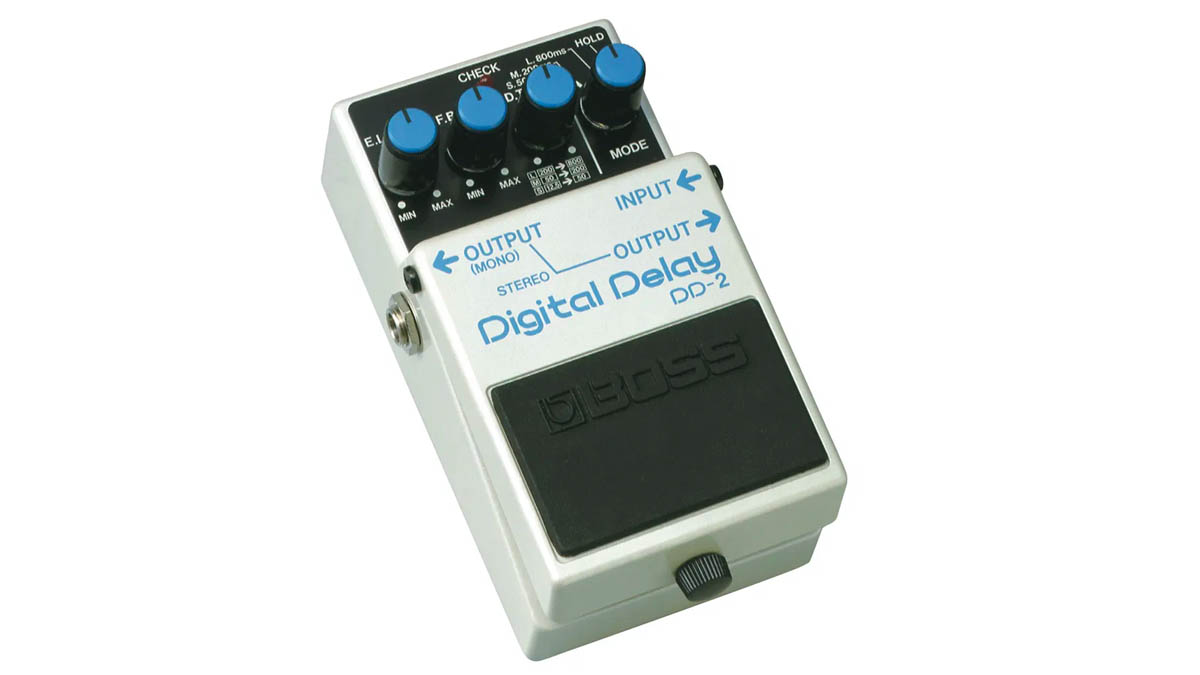
However, it was the Boss DD-2, released in 1984, that changed the game. It was an affordable, compact, and ergonomic unit that any guitarist could get to grips with inside of five minutes. The DD-2 used a custom IC developed for the SDE-3000, released the year before. Players like EVH and Steve Vai were big fans of the SDE, but now everybody could get their hands on its diminutive brother.
In 1986 the DD-3 appeared. The DD-3 was initially a marketing exercise. Falling component prices had meant they could now build the DD-2 much cheaper, so Roland renamed a slight revision of the circuit. This price drop didn't just affect BOSS either – the stage was now set for an explosion of digital delay options.
The BOSS DD-2 changed the game. It was an affordable, compact, and ergonomic unit that any guitarist could get to grips with inside of five minutes
The DD-3 has been in continuous production since 1986, in several versions, with the longest-lived being version three. Purists will say that the largely analogue signal path and through-hole components made all the difference.
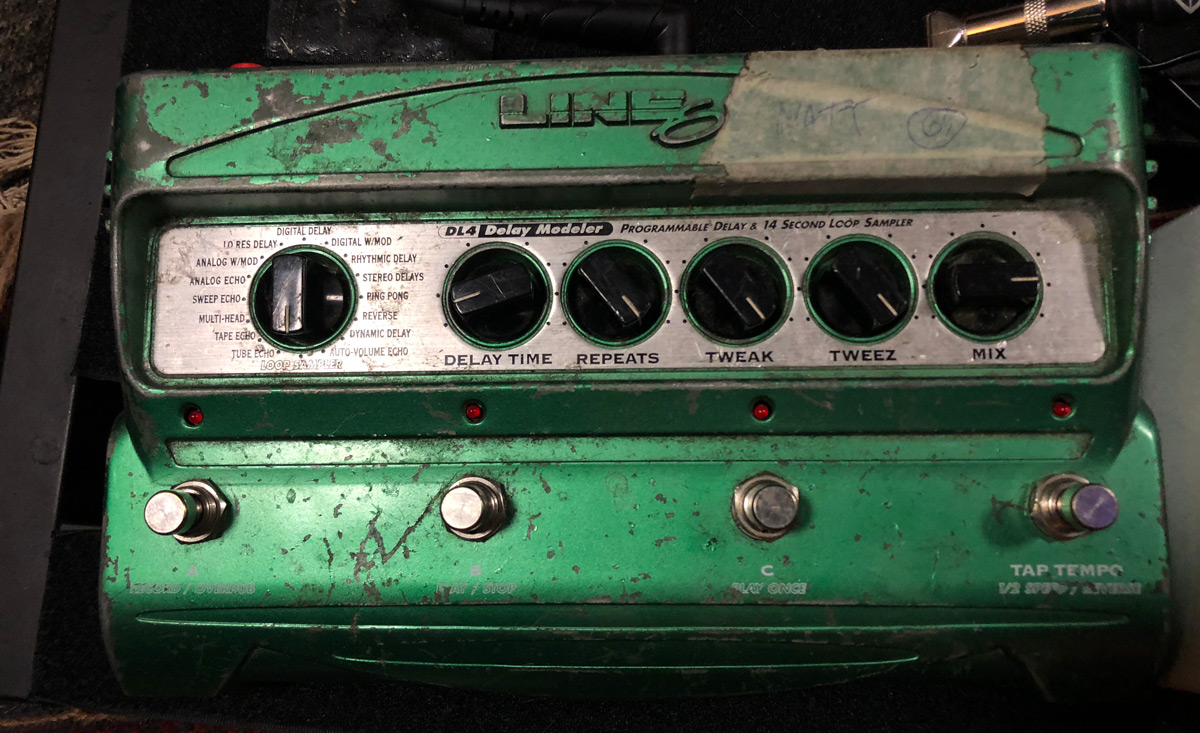
We suspect the allure of the DD-2 and DD-3 is simpler – the analogue-digital conversion (or ADA) is 12-bit. Your gut reaction to this is probably to question how pristine a 12-bit delay can be next to modern devices. However, as many electronic musicians who prize beatmaking using the AKAI S950 know, 12-bit ADA can result in punchy, ear-catching sounds with a lot of life to them.
Since then, digital delays have got more complex, with multi-effect and multi-mode units crammed into a single stompbox. Elsewhere, there's racks, multi-effects units and boxes that focus on looping just as much as delay. Although they're nominally delay units, the Gibson Echoplex Digital Pro and Line 6 DL4 aren't famous as delays. They're famous as loopers.
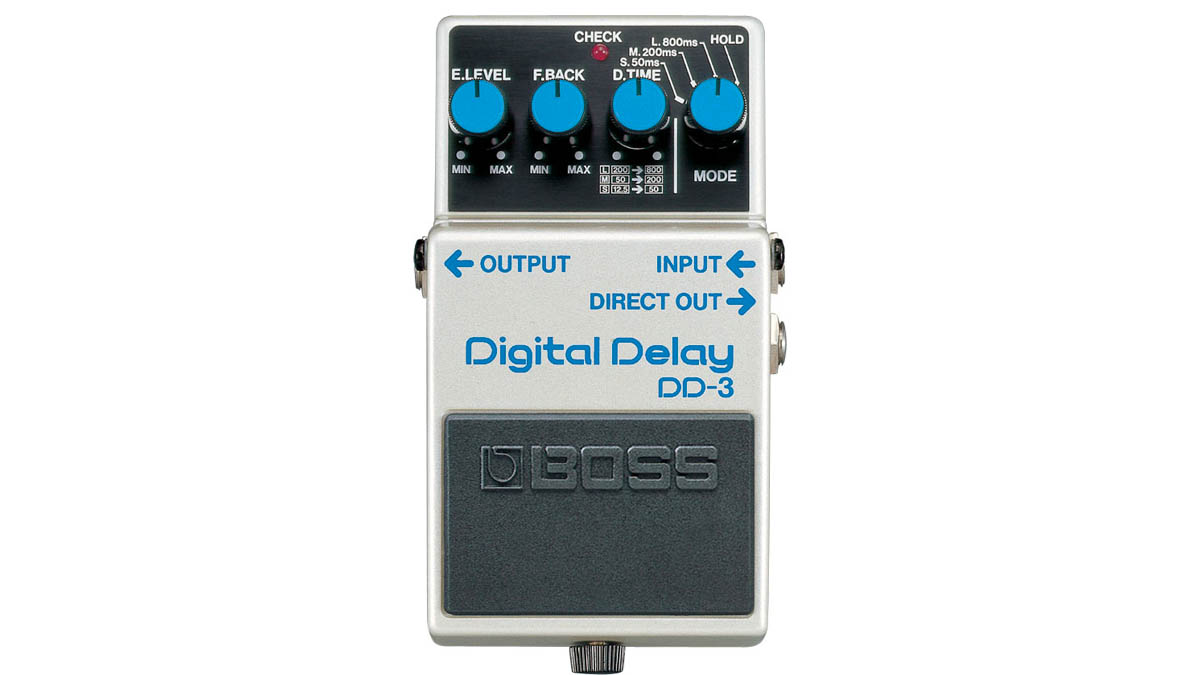
Boss DD-3T
Our expert review:
Specifications
Reasons to buy
Reasons to avoid
Heard on countless recordings and likely used by most of your favourite bands, the Boss DD-3 is a stone-cold classic. The most modern incarnation of this venerable beast sports a tap-tempo input, meaning it can be controlled by an external tap source.
The pristine digital delays of the DD-3 are a world away from the warmth of analogue BBD chips, but there's a reason for the enduring popularity of this pedal. Despite its clarity and bright timbre, there's also a rounded fullness to its sound. The DD-3 always seems to sit well in a band mix, either live or on record.
When we think of the sound of the DD series, we think of 90s Radiohead recordings like The Bends and OK Computer. For example, the blizzards of chiming delays that characterise choice cuts like Airbag.
Should you want additional features, there's also the newer Boss DD-8, which has some more sound-effect oriented modes.
Alternatives: Boss DD-8
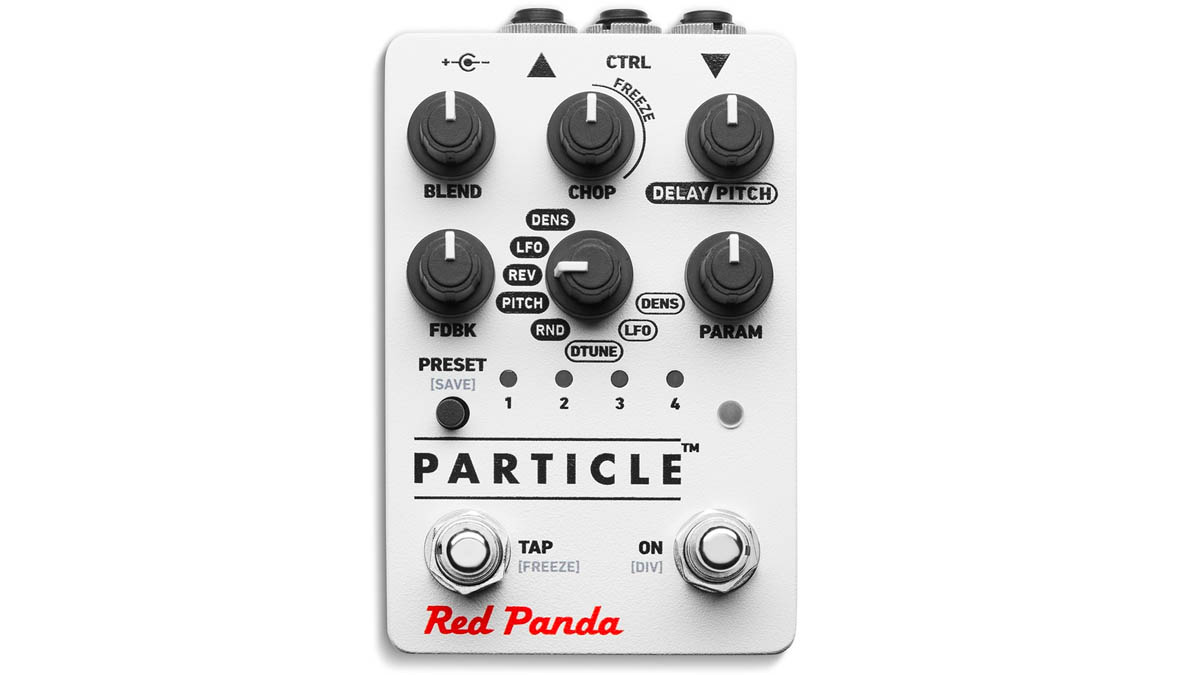
Red Panda Particle V2
Our expert review:
Specifications
Reasons to buy
Reasons to avoid
Granular synthesis is a way of creating new sounds from small loops, or 'grains', of audio. Granular reverbs take this concept and use it to create reverb-like effects and pads. After all, a digital delay is – sort of – just a looper with a decay on each repeat.
The Red Panda Particle is a delay and reverb pedal for guitar that takes inspiration from this approach. Indeed, the chop control, which affects the grain size, will start to freeze audio buffers into a reverb-like smear past the 12 o'clock position.
Param and delay/pitch affect the sound differently depending on which mode is active. In this regard, the Particle is very versatile for such an exotic-sounding pedal. Okay, there's no 'normal' delay, but there is a normal-ish sounding reverse delay, that can work in standard indie-rock territory.
Most of your time, however, is best spent exploring the stranger patches. DENS, PITCH, and RND are our favourites, which offer, respectively, Geiger-counter like bitcrushed repeats, pitch-shifted weirdness, and granular reverb-like random sampling.
As a company, Red Panda come from a DSP rather than hardware angle, and this no more telling than in the Particle, an utterly unique pedal. If you want a delay that's closer to the looping side of things but can function as a delay, then their wild tape-warping Tensor is well worth checking out.
Alternatives: Montreal Assembly Count to Five, Dr Scientist Bitquest, Red Panda Tensor

Hungry Robot Kármán Line
Our expert review:
Specifications
Reasons to buy
Reasons to avoid
It's easy to see why the Kármán Line is a 'must try' delay. Reading between the lines, it's probably based on the PT2399 digital chip. With the right filtering, the PT2399 can have a pleasant, almost analogue timbre to it. Crucially, this also has modulation on the delay line as well, for a more tape-like feel to the repeats.
This is where the joystick comes in. The Y-axis controls the delay time, allowing you to create warping artifacts and glitched-out noise, and the X-axis controls the modulation rate. There's also two footswitches to create oscillation – a momentary 'swell' and latching 'launch' switch. Both of these allow for some particularly spicy noise-rock antics when engaged.
The only drawback of the pedal is the same one you'll find on other joystick-controlled devices like the Walrus Janus. Firstly, that it's hard to use while playing, and second, that the joysticks are easy to knock with your feet.
In the studio, you can have it on a desk and use the joystick while playing, but this is hard to achieve live. As a result it might suit synth players better, if playing with the joystick is the main attraction. Which, let's be honest, it is.
Alternatives: None.
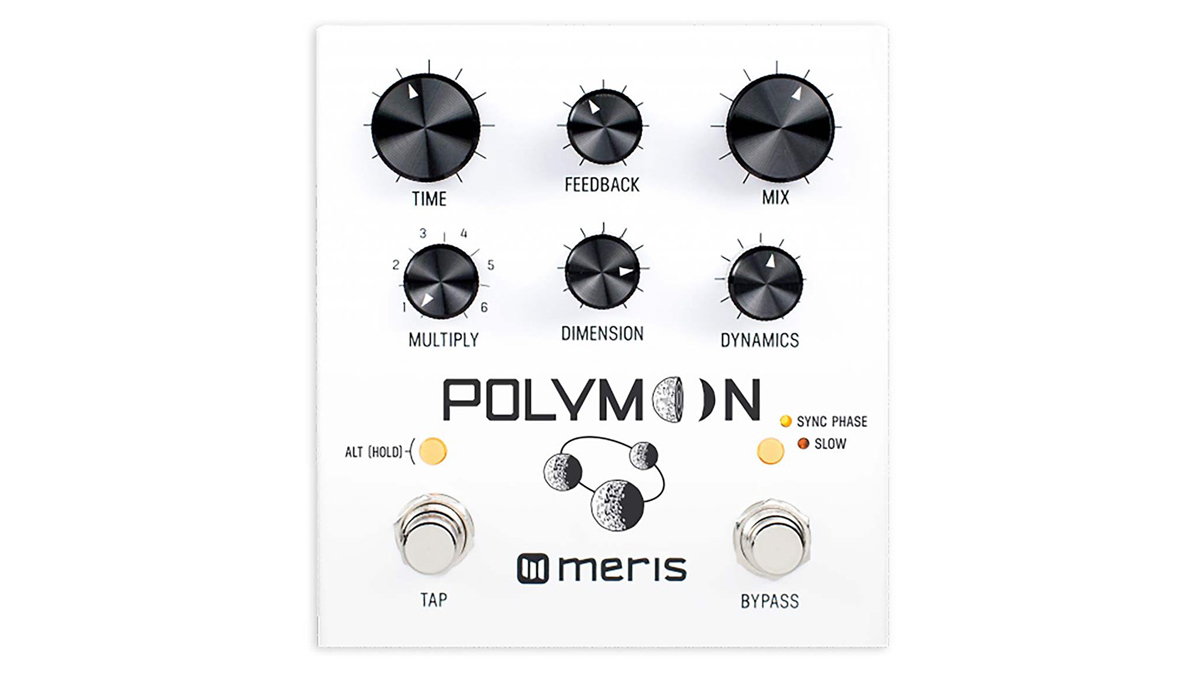
Meris Polymoon
Our expert review:
Specifications
Reasons to buy
Reasons to avoid
Strictly speaking, the Polymoon isn't a straightforward delay. Instead, it's meant to offer the same soundscaping possibilities as a set of cascaded studio rack effects. In this case, tape machines and rack delays.
Its internal signal chain starts with two dynamic flangers in parallel, then six delay lines in series that can be smeared together with the dimension control. This turns what is effectively a multi-tap delay into a reverb. Additionally, there's LFO modulation available over these lines to create more movement and flavour.
What's most remarkable about the Polymoon is that, although it's set up for sounds geared toward the ambient, space cadet crowd, at more subtle settings and a low mix, it's very effective at replicating the kind of "what was that?" studio trickery flange and echo sounds heard on classic records from the 70s.
All of that said, it of course shines when being used as an ambient sound engine, and works as well with synths and other sound sources as it does with guitar.
Alternatives: Strymon Deco
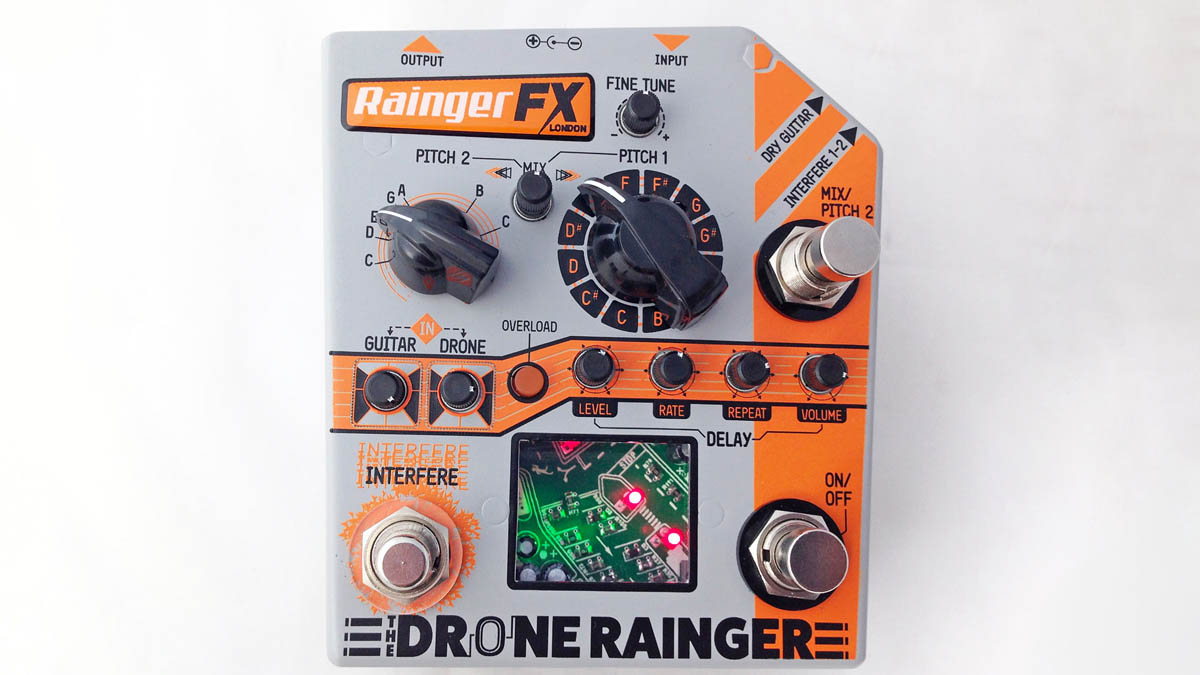
Rainger FX Drone Rainger
Our expert review:
Specifications
Reasons to buy
Reasons to avoid
The Drone Rainger, as the name implies, is part synth drone engine and part delay. Its two tunable drones are controlled by the pitch knobs. One is locked to 12 steps – semitones, as you've probably guessed – while the other is continuous.
The two can be blended or switched between by footswitch, and also mixed with the guitar signal from the pedal's input. If that wasn't enough, there's also an interfere knob that allows you to change the pitch of Pitch 2 with a momentary footswitch.
The only drawback is that the delay itself isn't as exciting as all the drone weirdness. It's a straightforward digital delay with a relatively dark voice. That said, it's got one second of delay on offer, more than enough for most applications, but it's best when used in concert with the drone generators.
As if the pedal's sounds weren't eccentric enough, there's also a window on the front panel to the PCB inside. On the PCB, Rainger have printed city streets and arranged components to look like cars waiting at an intersection. It's madness or it's genius, we'll give them that...
Alex Lynham is a gear obsessive who's been collecting and building modern and vintage equipment since he got his first Saturday job. Besides reviewing countless pedals for Total Guitar, he's written guides on how to build your first pedal, how to build a tube amp from a kit, and briefly went viral when he released a glitch delay pedal, the Atom Smasher.
